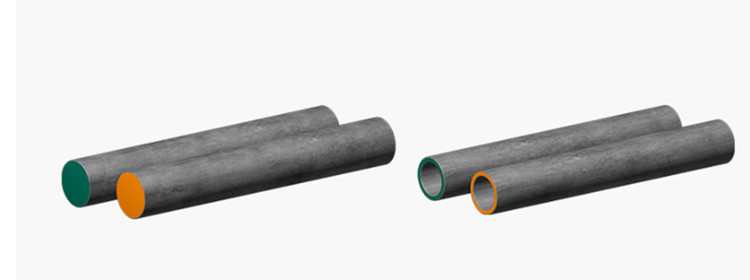- tyler@kirail.com
- +86 15603721115
Manufacturing plants generally conduct inspections before forging raw materials leave the factory and provide qualified products, but forging plants as users should also conduct necessary inspections. Inspection of forgings can be carried out in the form of general surveys or random inspections. Inspection items can be determined according to the type of raw materials, forging requirements, etc.

1. Chemical composition sampling
Use spark identification, magnetic induction, spectral analysis and other methods to check whether the materials are mixed.
2. Appearance inspection
Determine whether there are defects and the degree of defects on the surface, and whether there is decarburization.
3. Check whether the material meets the size and shape tolerance requirements.
4. Check the internal shrinkage cavities and white spots of the material through fracture tests; check the hot brittleness of the material through hot fracture tests.
5. Macro and micro inclusion detection
Check the sulfur segregation in the steel through sulfur print tests and determine its segregation area.
6. Check the grain size with a microscope; check the metallographic structure.
7. Nondestructive testing
Ultrasonic testing, magnetic particle testing or eddy current testing.
8. Check the upsetting properties of the material through upsetting test; test the mechanical properties through tensile test, hardness test, impact test, etc.
9. Hardenability test
When using new furnace raw materials, first make a small batch of forgings and perform heat treatment, and then check and determine the heat treatment system of the furnace material.
Final summary
Only by ensuring the quality of raw materials can the next step of forging processing and production be carried out safely, so the selection of all raw materials is crucial.